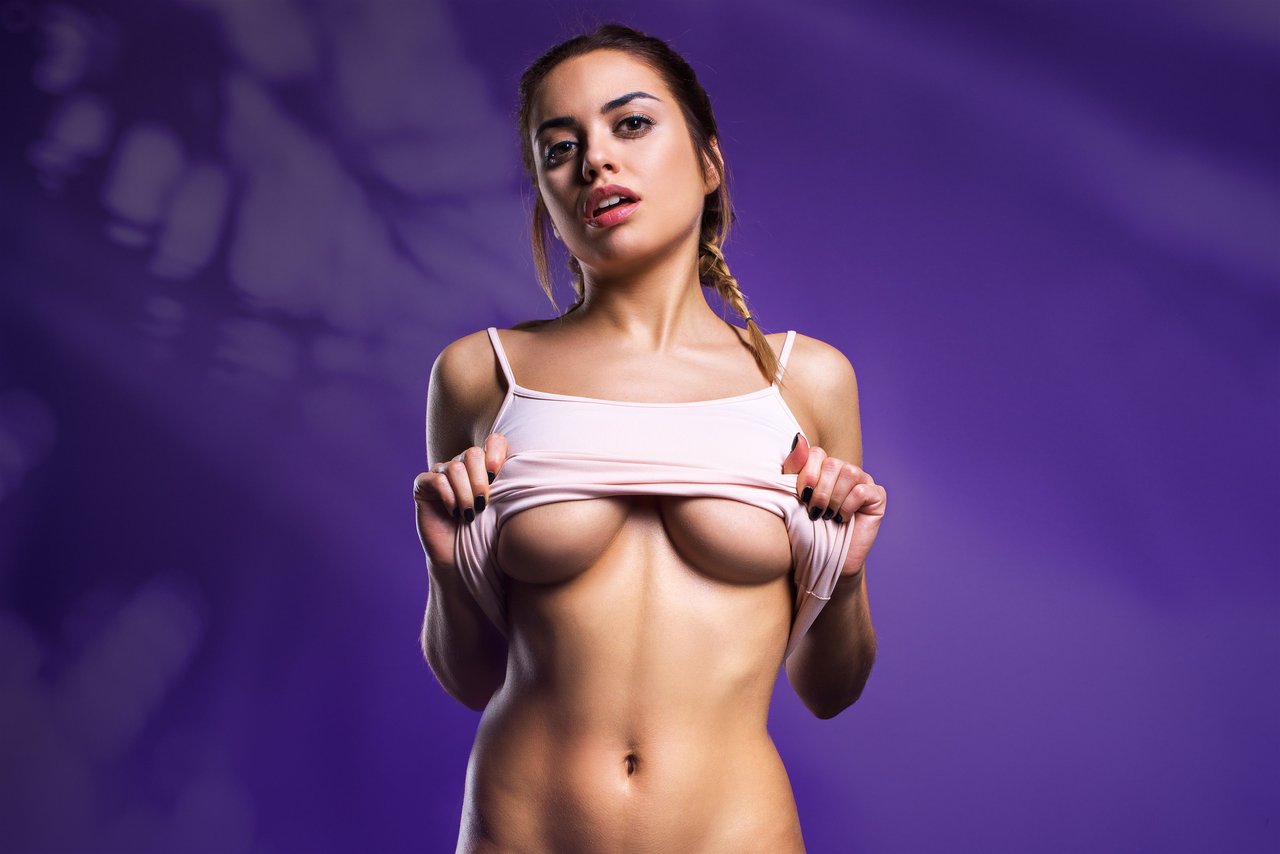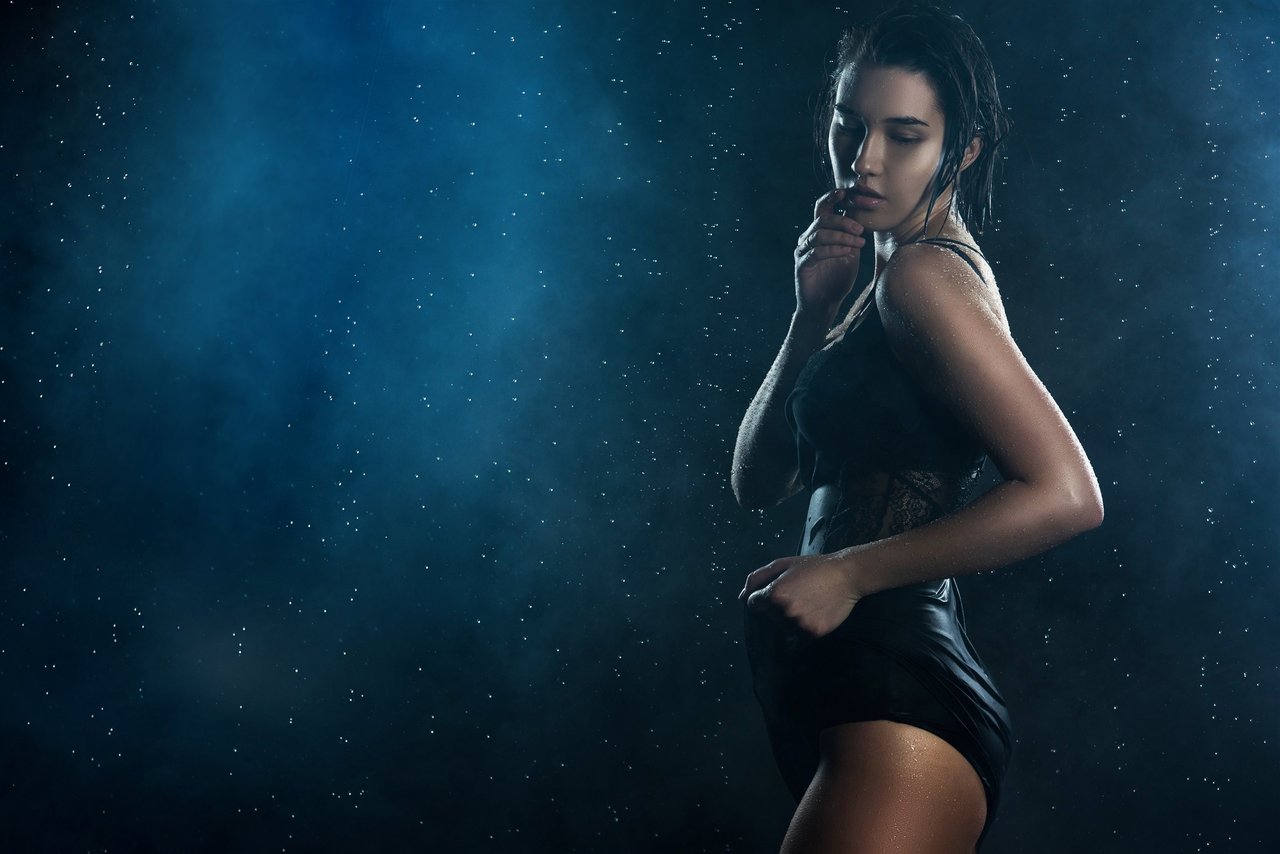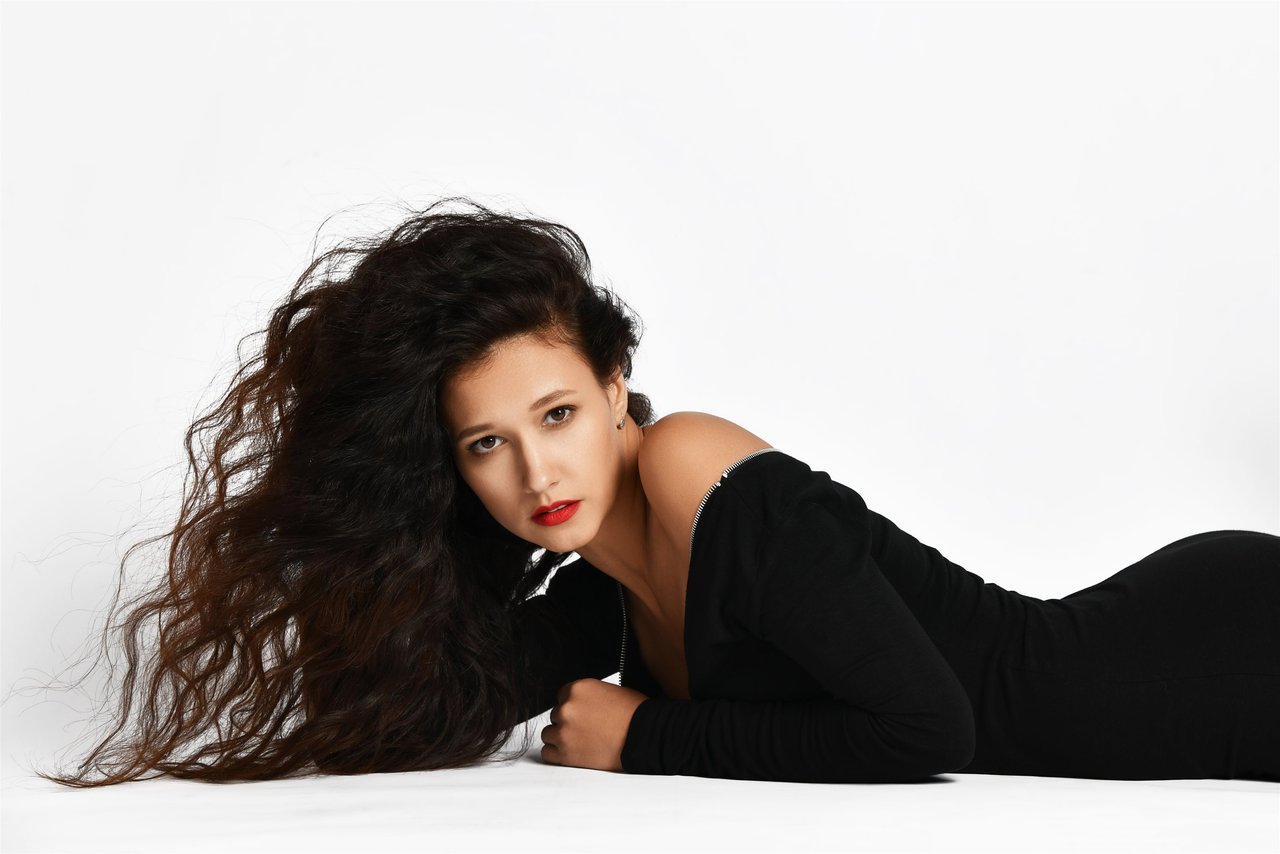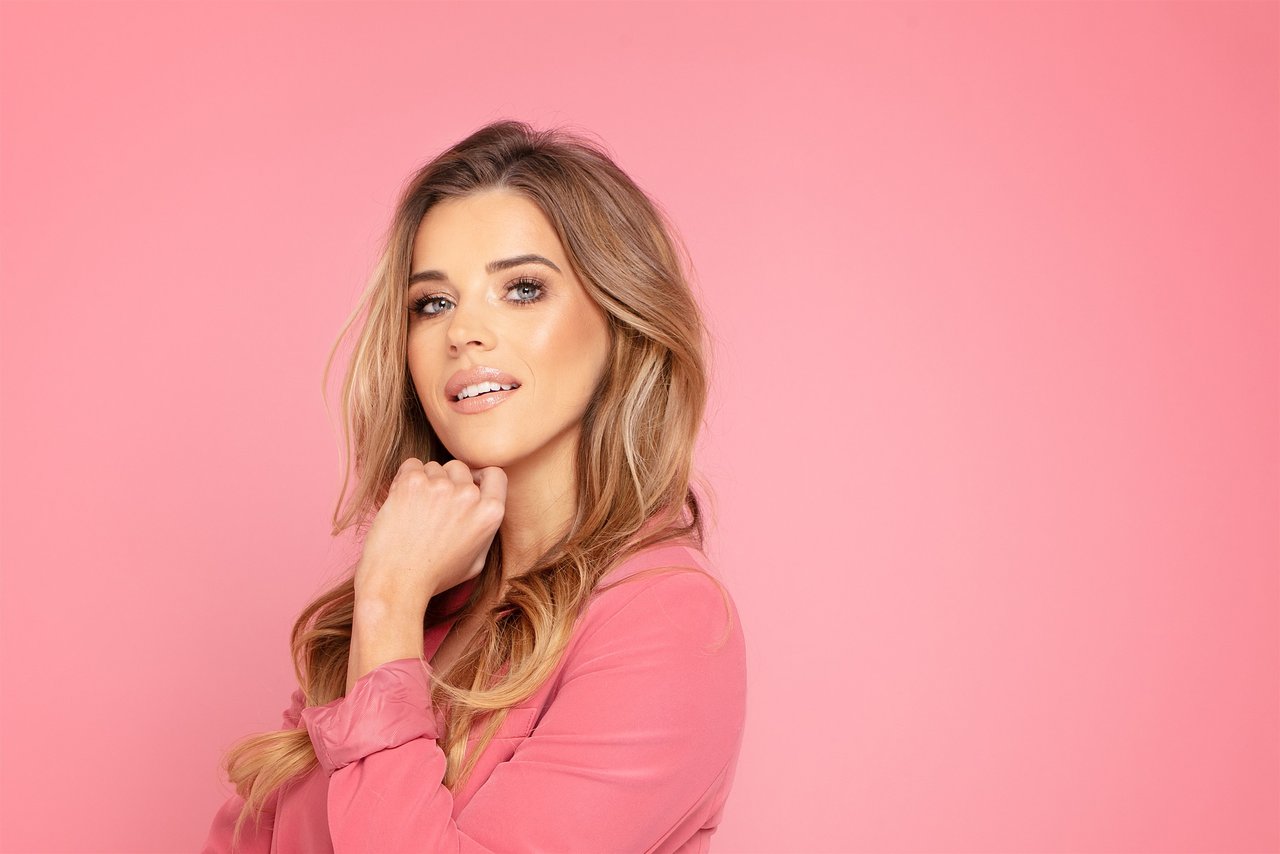The Many Types of Lesbians: Finding Belonging and Self-Expression
Labels in the lesbian community do more than sort us into neat boxes—they build bridges. There are countless types of lesbians, each offering space for different personalities, aesthetics, gender expression, and lifestyles. If you’re searching for your place, it’s natural to wonder where you fit. But lesbian types aren’t about limiting your choices; they’re about creating new ways to feel seen and understood, especially when the world outside can feel indifferent or dismissive.
Community labels like butch, femme, futch, chapstick lesbian, and many more spring from the constant push to define and celebrate unique lesbian experiences. These signposts can help you understand your own preferences and attract others who “get it.” The truth? For every awkward first date or misread DM, there’s a moment when you recognize a piece of yourself in someone else’s label—and that recognition matters. According to the CDC, "Among all U.S. adults aged 18 and over, 1.6% identified as gay or lesbian, and 0.7% identified as bisexual" (see CDC data). Each person navigating their own journey makes the lesbian community more vibrant and resilient.
Discovering your lesbian type can be an act of self-assurance. It’s not about ticking boxes, but about getting closer to what feels authentic. Gender expression, after all, is personal. If you’re questioning or just beginning, allow yourself space to try on different identities. There’s no exam; it’s okay to change your mind as you learn where you belong. What hurts most is feeling like you have to choose just one way to be—when the entire spectrum is waiting to welcome you.
Butch Lesbians: Bold Strength and Identity at the Core of the Community
Butch lesbians are the steel backbone of lesbian visibility: tough, practical, and proudly present—even when the world would rather see them blur. They span an entire range, from the classic old school butch to masc-of-center modern styles. For many, butch identity means masculine presentation—short hair, simple or utilitarian clothes, maybe even a suit or tie. But, it’s always more than the stereotype. The historical butch stands for resilience in dyke culture, a kind of raw honesty that signals, “I’m not going to shrink myself.”
Hard butch, soft butch, and dapper butch—these are not just looks but lived attitudes. A hard butch often embodies toughness; a soft butch mixes rugged energy with touches of vulnerability. Dapper butches dial into careful style, sometimes with vintage flair, always cultivating a sharp silhouette. Across race and history, butch has shifted: now it welcomes trans men, non-binary butches, and anyone whose masculinity fits in lesbian spaces. Being butch isn’t about perfection or purity. It’s about forging an identity in a world that doesn’t always make room for you. Butch women often play protector, mentor, or anchor for friends and lovers.
Stronger together, butch lesbians keep traditions alive while bending them to fit new realities. The identity doesn’t ask permission—it simply moves forward, stubborn and steady, carving out new definitions in real time. Inside every butch is proof that it’s possible to reject what’s expected and build something real in its place.






